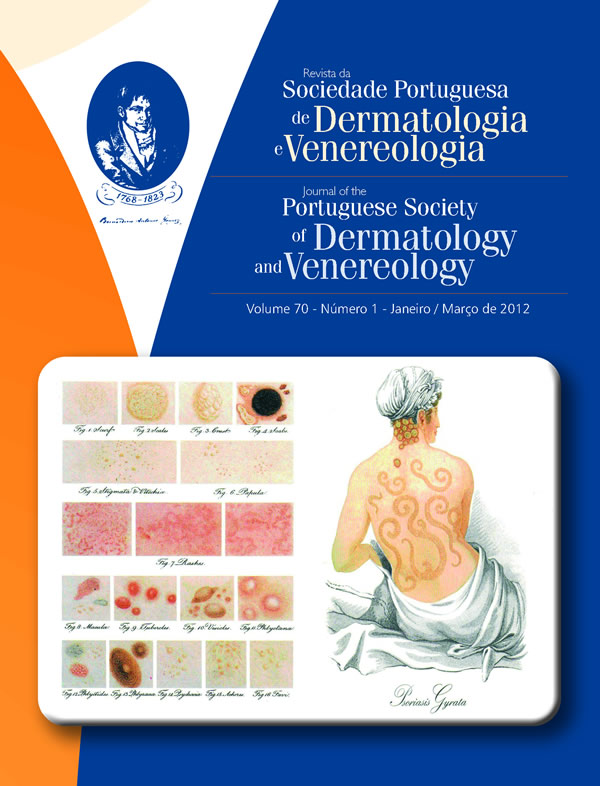PROZONE PHENOMENON IN SECONDARY SYPHILIS. THE IMPORTANCE OF COMMUNICATION BETWEEN CLINICIANS AND LABORATORY
Abstract
The prozone phenomenon is defined as a falsely negative test due to very high titters of antibody, as high titters of antigen or antibody may prevent the formation of antigen-antibody complexes in laboratory tests of many diseases, like syphilis or brucellosis.
We describe the case of a 27 year old caucasian male admitted in the emergency room with enlarged palpable lymph nodes and a skin eruption either suggestive of secondary syphilis or primary skin lymphoma. Since initial RPR screen was negative, he was admitted in ward with the latest hypothesis.
Skin biopsies were suggestive of syphilis. The laboratory was then contacted to repeat the test under dillutional protocol, which enabled the test to be positive (VDRL 1/256 and TPHA positive).
This case illustrates the importance of close contact with the laboratory in order to avoid false negative results, like those given in presence of prozone phenomenon.
KEYWORDS – Syphilis, Cutaneous; Syphilis Serodiagnosis; False Negative Reactions.
Downloads
All articles in this journal are Open Access under the Creative Commons Attribution-NonCommercial 4.0 International License (CC BY-NC 4.0).








